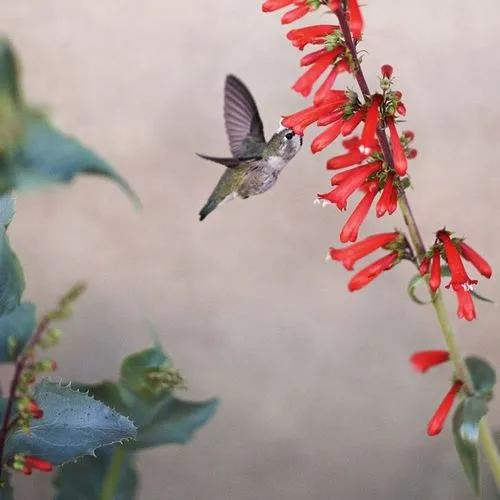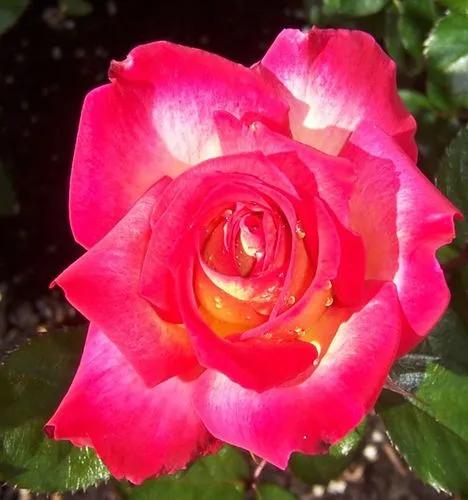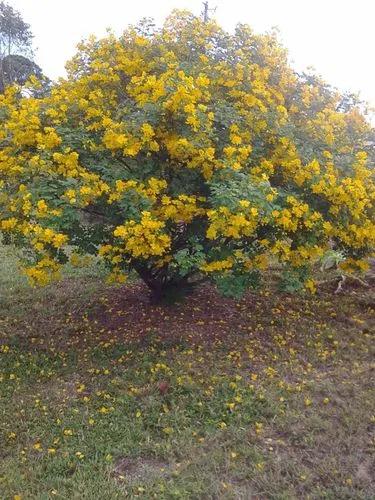Rhodomyrtus tomentosa also known as rose myrtle, is a flowering plant in the family Myrtaceae, native to southern and southeastern Asia, from India, east to southern China, Hong Kong, Taiwan and the Philippines, and south to Malaysia and Sulawesi. It grows in coasts, natural forest, riparian zones, wetlands, moist and wet forests, bog margins, from sea level up to 2400 m elevation.
Rose Myrtle Care
Rhodomyrtus Tomentosa



Rhodomyrtus tomentosa is an evergreen shrub growing up to 4 m (12 feet) tall. The leaves are opposite, leathery, 5–7 cm long and 2-3.5 cm broad, three-veined from the base, oval, obtuse to sharp pointed at the tip, glossy green above, densely grey or rarely yellowish-hairy beneath, with a wide petiole and an entire margin. The flowers are solitary or in clusters of two or three, 2.5–3 cm diameter, with five petals which are tinged white on the outside with purplish-pink or all pink. The fruit is edible, 10–15 mm long, purple, round, three or four-celled, capped with persistent calyx lobes, soft, with 40-45 seeds in a double row in each cell; seed dispersal is by frugivorous birds and mammals. Seed production and germination rates are high. Synonyms include Myrtus canescens Lour., Myrtus tomentosa Aiton, Rhodomyrtus parviflora Alston, and Rhodomyrtus tomentosa (Aiton) Wight. Common names include Ceylon hill gooseberry (English), Downy myrtle (English-Florida), Downy rose myrtle (English-Florida), Feijoa (French), Hill gooseberry (English), Hill guava (English), Isenberg bush (English-Hawaii), Myrte-groseille (French), Kemunting (Malaysia), Gangrenzi (China) and Rose myrtle (English-Florida).
How to Care for the Plant

Popularity

35 people already have this plant 5 people have added this plant to their wishlists
Discover more plants with the list below
Popular articles






